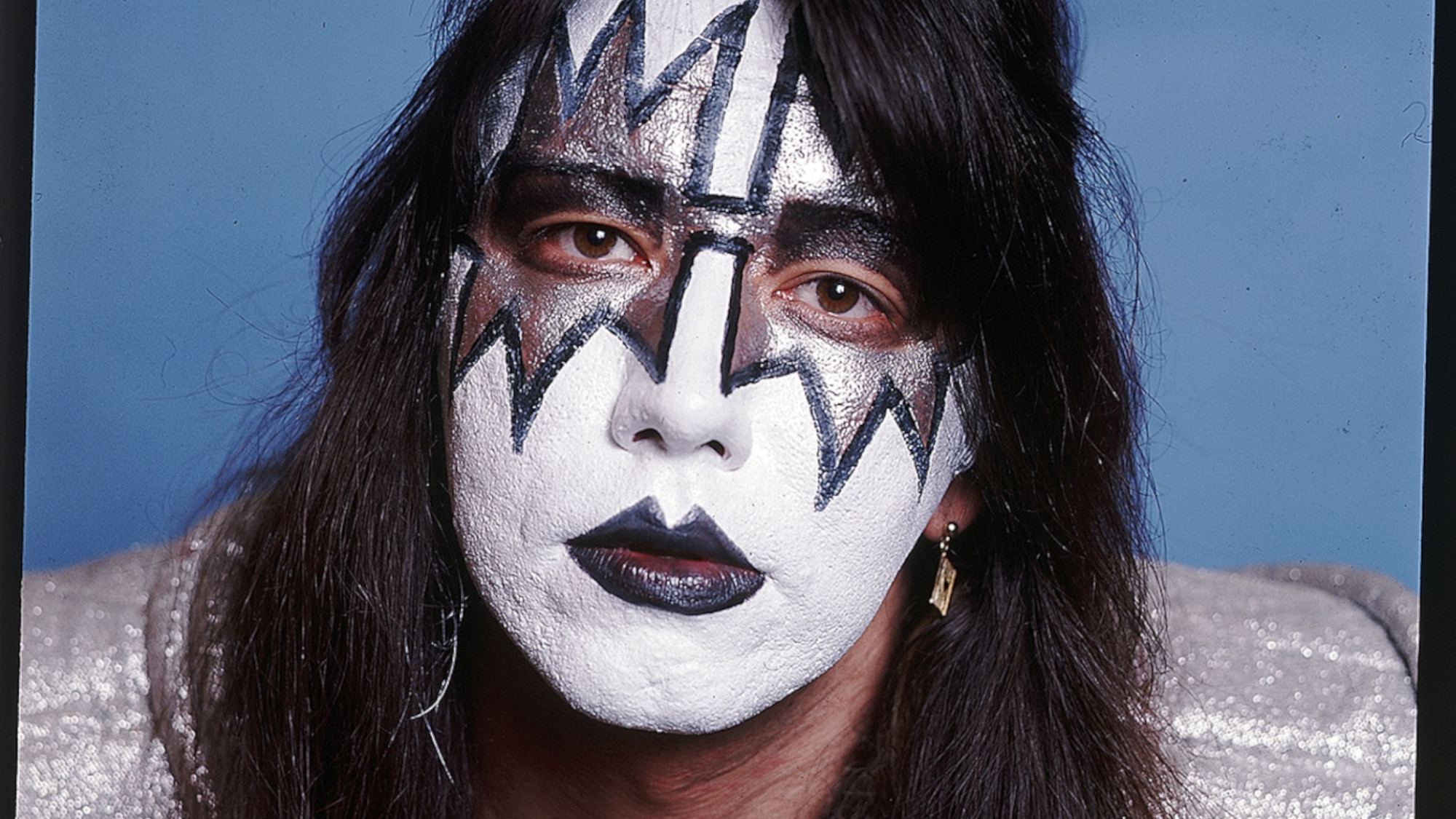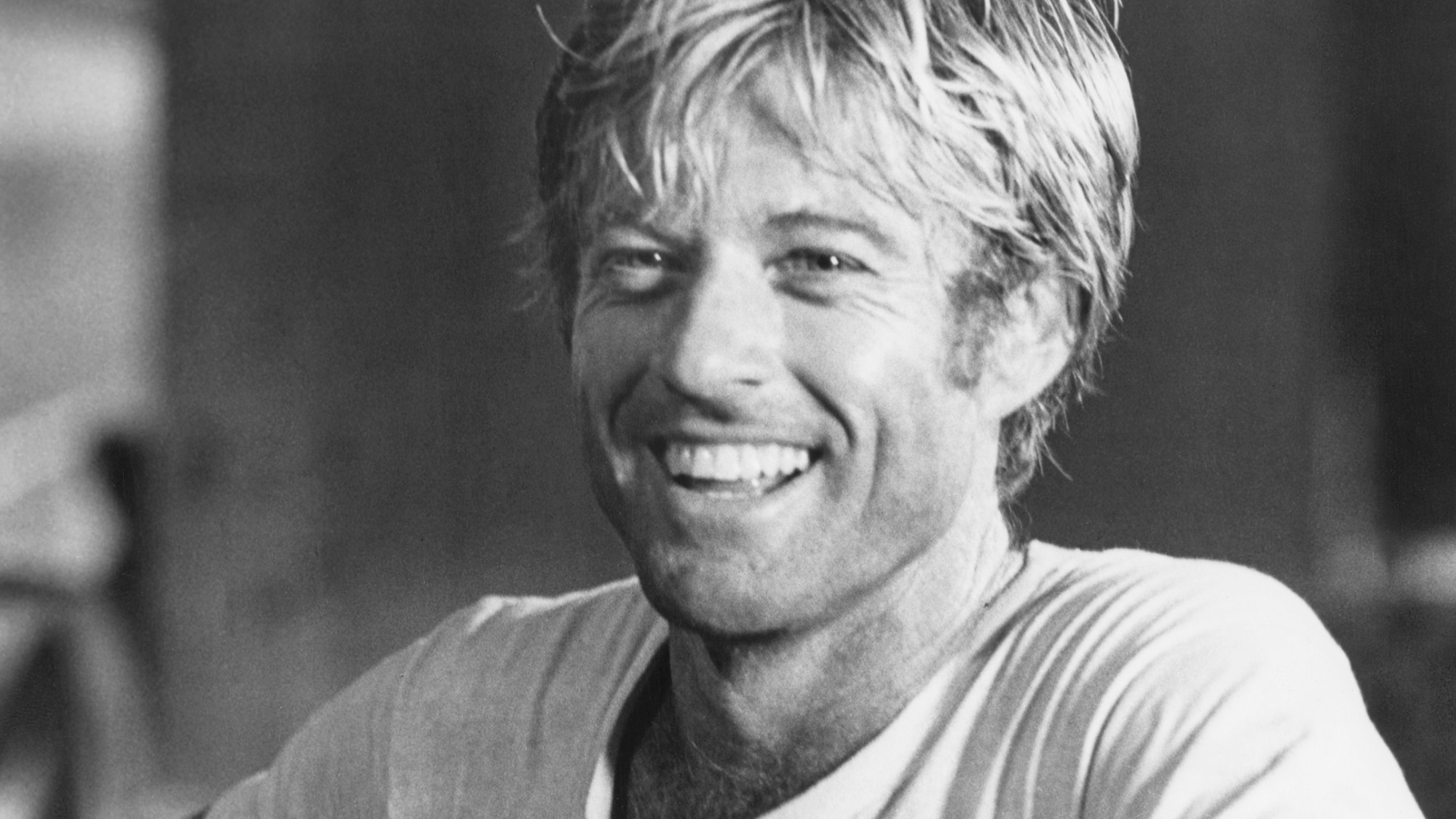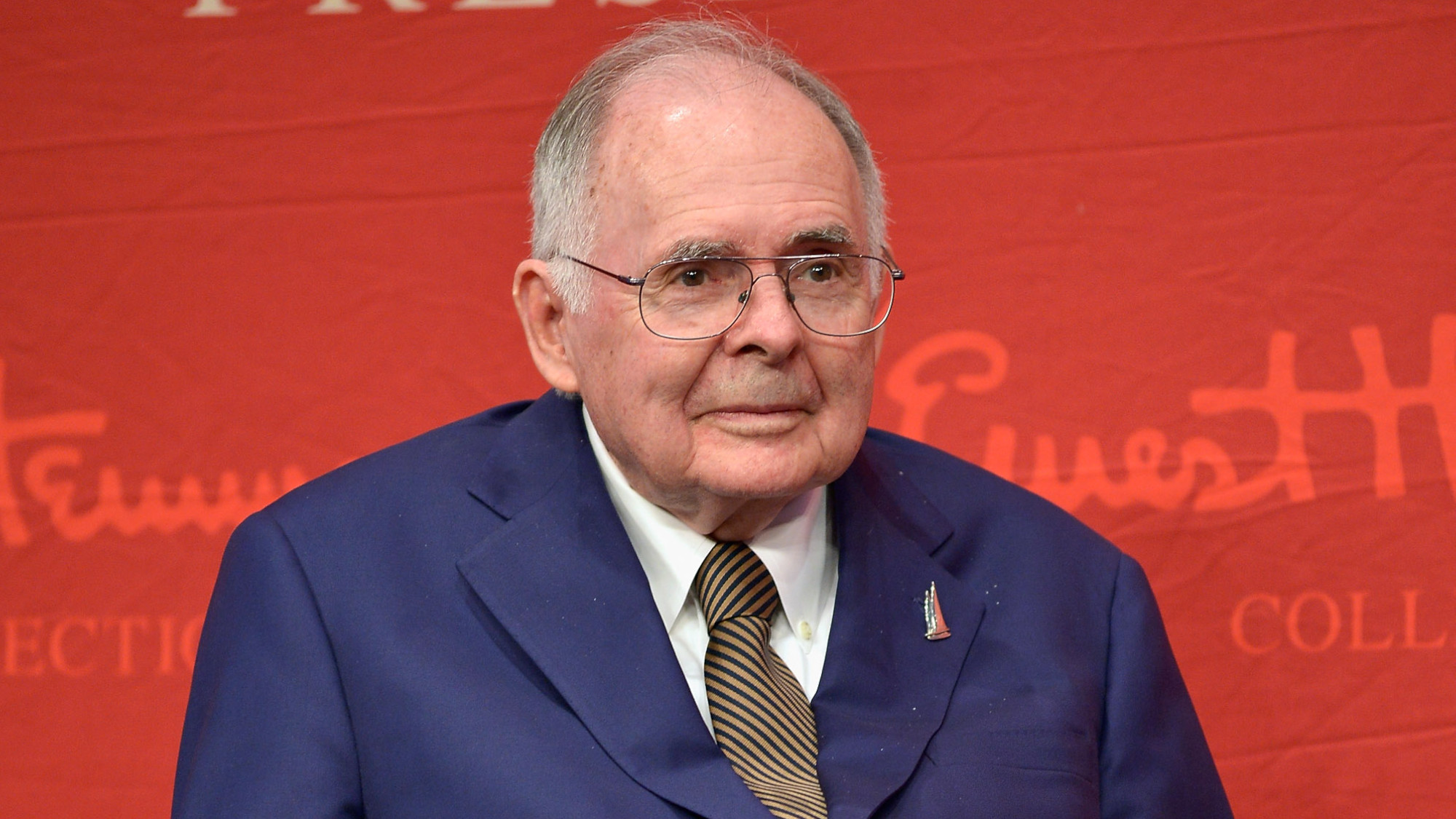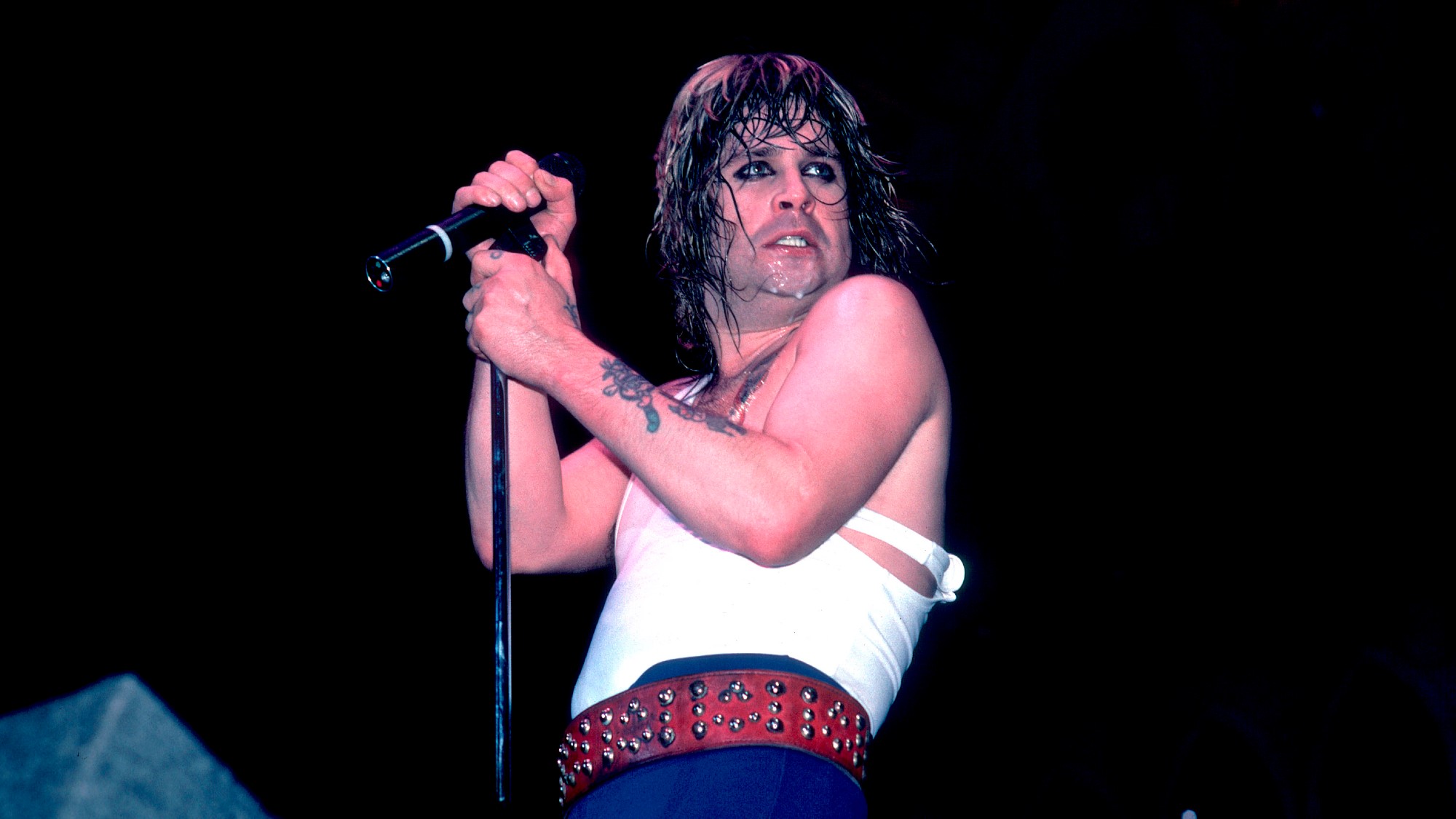Earl Scruggs, 1924–2012
The virtuoso who popularized the banjo
Bill Monroe, the father of bluegrass music, was hunting for a new banjo player when a young musician appeared backstage at a Nashville concert hall, asking to audition. Monroe and his guitarist, Lester Flatt, listened with amazement as the 21-year-old Earl Scruggs picked out lightning-fast runs on his instrument. “If you can, hire him,” Flatt told Monroe, “whatever the cost.” He agreed to pay Scruggs $50 a week, and the young virtuoso soon became the band’s star attraction. When Scruggs stepped up to play a solo, said Monroe biographer Richard D. Smith, audiences “would physically come out of their seats in excitement.”
Born to a musical family in rural Cleveland County, N.C., Scruggs and his two banjo-playing brothers taught one another musical timing “by starting a song and then walking in opposite directions as they played,” said The Washington Post. “They would do this until they played in time with one another when they regrouped.” At age 10, Scruggs began developing a three-finger picking style (most players then used two fingers) that “elevated the five-string banjo from a part of the rhythm section—or a comedian’s prop—to a lead or solo instrument,” said The New York Times.
Scruggs joined Monroe’s Blue Grass Boys in 1945 and played on classic recordings including “Blue Moon of Kentucky” and “Blue Grass Breakdown.” But in 1948 he and Flatt, tired of low pay and exhausting travel, set out on their own as the Foggy Mountain Boys. The group made sparkling recordings, such as the Grammy winning “Foggy Mountain Breakdown,” used in the 1967 film Bonnie and Clyde, and “The Ballad of Jed Clampett,” the theme tune of TV show The Beverly Hillbillies.
The Week
Escape your echo chamber. Get the facts behind the news, plus analysis from multiple perspectives.

Sign up for The Week's Free Newsletters
From our morning news briefing to a weekly Good News Newsletter, get the best of The Week delivered directly to your inbox.
From our morning news briefing to a weekly Good News Newsletter, get the best of The Week delivered directly to your inbox.
But Scruggs became, as he said later, “bored and unhappy doing the same things for over 20 years,” said The Guardian (U.K.), and in 1969 split with Flatt to form the Earl Scruggs Revue with his three sons. The group used amplified instruments, and collaborated with artists as diverse as Bob Dylan, Elton John, and Ravi Shankar. This experimentation cost Scruggs some of his original audience, but it “opened the ears of many rock fans to connections with earlier forms.”
A free daily email with the biggest news stories of the day – and the best features from TheWeek.com
-
 A foodie guide to Edinburgh
A foodie guide to EdinburghThe Week Recommends Go all-out with a Michelin-starred meal or grab a casual bite in the Scottish capital
-
 Political cartoons for December 24
Political cartoons for December 24Cartoons Wednesday's political cartoons include Christmas in Greenland, grinchflation, and California floods
-
 Is there a Christmas truce in the Starmer farmer ding-dong?
Is there a Christmas truce in the Starmer farmer ding-dong?Today’s Big Question There’s an ‘early present’ for farmers but tensions between Labour and rural communities remain
-
 Joanna Trollope: novelist who had a No. 1 bestseller with The Rector’s Wife
Joanna Trollope: novelist who had a No. 1 bestseller with The Rector’s WifeIn the Spotlight Trollope found fame with intelligent novels about the dramas and dilemmas of modern women
-
 Frank Gehry: the architect who made buildings flow like water
Frank Gehry: the architect who made buildings flow like waterFeature The revered building master died at the age of 96
-
 R&B singer D’Angelo
R&B singer D’AngeloFeature A reclusive visionary who transformed the genre
-
 Kiss guitarist Ace Frehley
Kiss guitarist Ace FrehleyFeature The rocker who shot fireworks from his guitar
-
 Robert Redford: the Hollywood icon who founded the Sundance Film Festival
Robert Redford: the Hollywood icon who founded the Sundance Film FestivalFeature Redford’s most lasting influence may have been as the man who ‘invigorated American independent cinema’ through Sundance
-
 Patrick Hemingway: The Hemingway son who tended to his father’s legacy
Patrick Hemingway: The Hemingway son who tended to his father’s legacyFeature He was comfortable in the shadow of his famous father, Ernest Hemingway
-
 Giorgio Armani obituary: designer revolutionised the business of fashion
Giorgio Armani obituary: designer revolutionised the business of fashionIn the Spotlight ‘King Giorgio’ came from humble beginnings to become a titan of the fashion industry and redefine 20th-century clothing
-
 Ozzy Osbourne obituary: heavy metal wildman and lovable reality TV dad
Ozzy Osbourne obituary: heavy metal wildman and lovable reality TV dadIn the Spotlight For Osbourne, metal was 'not the music of hell but rather the music of Earth, not a fantasy but a survival guide'